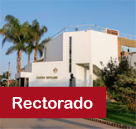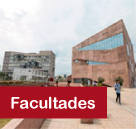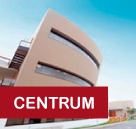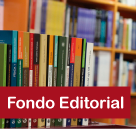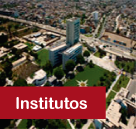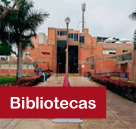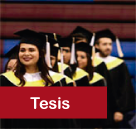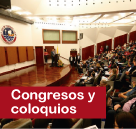Documentos depositados recientemente
listelement.badge.dso-typeÍtem, listelement.badge.access-status Texto completo enlazado , Discurso de Orden en homenaje a Norma Fuller Osores Profesora Emérita del Departamento de Ciencias Sociales de la Pontificia Universidad Católica del Perú(Pontificia Universidad Católica del Perú, 2025-12-15) Castillo Guzmán, GerardoNo presenta resumen.listelement.badge.dso-typeÍtem, listelement.badge.access-status Texto completo enlazado , Entre la miel y la misión: Desarrollo, cosmologías indígenas y fe práctica entre los awajún y wampis(Pontificia Universidad Católica del Perú, 2025-12-15) Di Fonzo, ValerioThis ethnographic article explores how a beekeeping project promoted by the Jesuit NGO SAIPE in Awajún and Wampis communities of the Peruvian Amazon becomes a site of negotiation between indigenous cosmologies, kinship structures, sustainability expectations, and institutional logics of development and Jesuit missionary practice. Through a situated narrative across the villages of Ideal and Soledad, the article examines daily tensions involving gender, labor, markets, and collective organization. Far from being a mere productive initiative, beekeeping emerges as a moral and political field where the Jesuit work tradition, local aspirations, and the dilemmas of translating communal systems into donor-friendly formats intersect. The article suggests understanding such projects not as failures or successes, but as unstable and creative forms of world-making.listelement.badge.dso-typeÍtem, listelement.badge.access-status Texto completo enlazado , Rasmussen, Mattias Borg. (2024). Horizontes inciertos del Pastoruri: Comunidad, conservación y cambio climático en la Cordillera Blanca del Perú. Lima: Fondo Editorial de la Pontificia Universidad Católica del Perú, 221 pp.(Pontificia Universidad Católica del Perú, 2025-12-15) Consiglieri Nieri, NataliaEl libro narra las tensiones entre la Comunidad Campesina de Cátac y el Parque Nacional Huascarán desde 1975, año de creación del parque como zona protegida. El autor se centra en las dinámicas escalares donde convergen políticas de conservación de escala global con disputas locales sobre lo que el autor denomina «territorio-recursos». En el contexto del cambio climático, los paisajes se reconfiguran y se requiere que las políticas de conservación sean repensadas desde la justicia social.listelement.badge.dso-typeÍtem, listelement.badge.access-status Texto completo enlazado , Religión y espiritualidades en el mundo moderno: intersecciones temáticas y disciplinares(Pontificia Universidad Católica del Perú, 2025-12-15) Sánchez Paredes, José; Piccone Camere, Carlos; Lecaros, VéroniqueNo presenta resumen.listelement.badge.dso-typeÍtem, listelement.badge.access-status Texto completo enlazado , Integraciones colectivas de cristianismo y diversidad sexual y de género: Etnografía de las «comunidades arcoíris» en España(Pontificia Universidad Católica del Perú, 2025-12-15) Barrera-Blanco, JoséThis article uses ethnography to explore some of the ways in which religion and sexual diversity intersect in contemporary society. It studies the case of the so-called “rainbow communities” in Spain: groups of Christian lesbians, gays, bisexuals, and trans individuals (LGBT+) who organize themselves to live these identities complementarily against the frequent oppositional understandings. The research analyzes data collected during continuous fieldwork with these communities from 2019 to 2023, and through a systematic review of archives. First, it traces the historical path of these communities, situating their development within broader processes of religious transformation, activist progress, and the social and legal recognition of diversity. Second, it assesses how they impact on the Christian field by offering a pastoral care model based on pluralism that addresses the population’s vital and spiritual needs unmet by mainstream religious institutions. Finally, it argues how their sociability rooted in Christian and LGBT+ activist values produces a context conducive to practising and developing identity in an integrated way.
resultados

